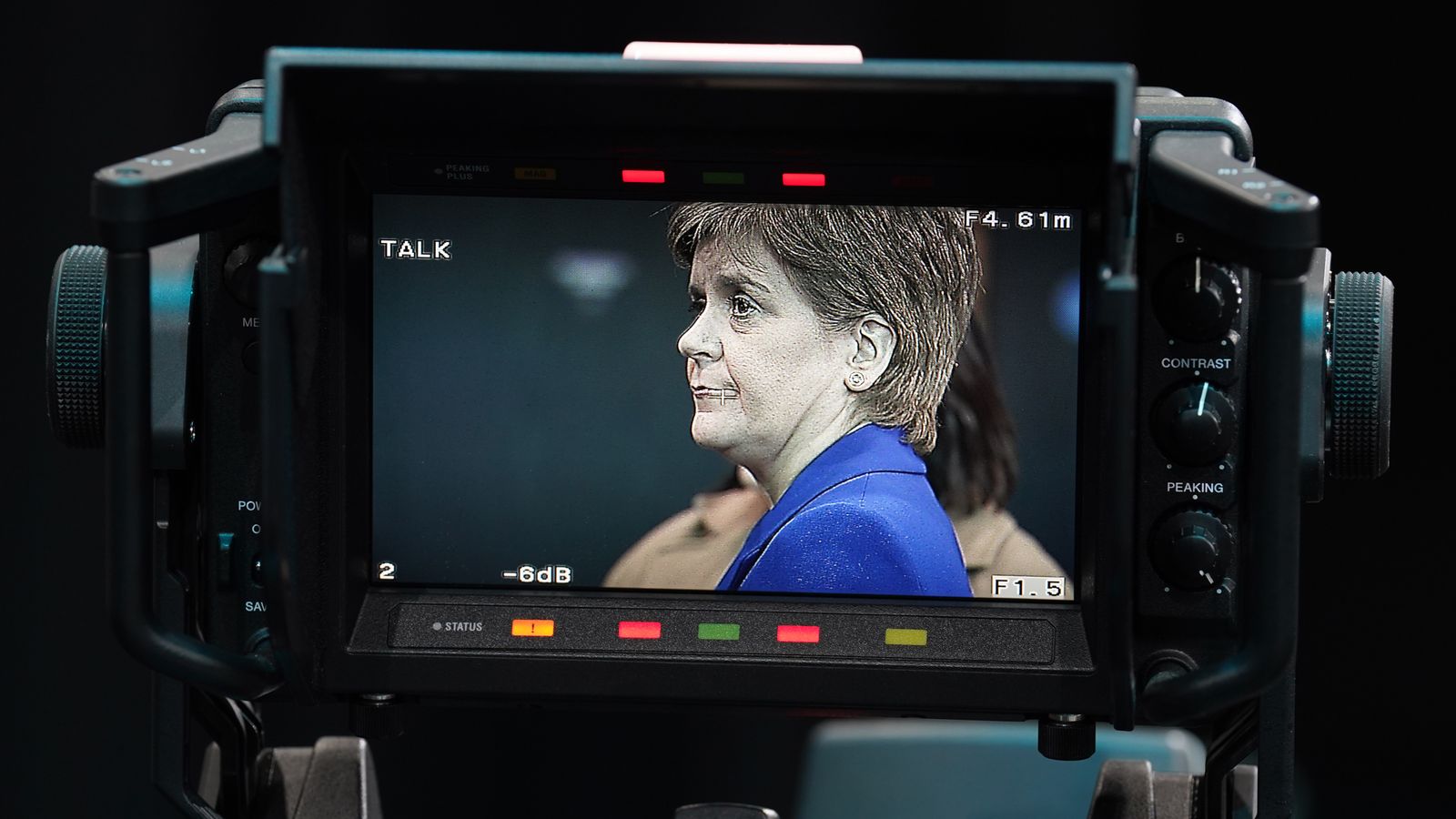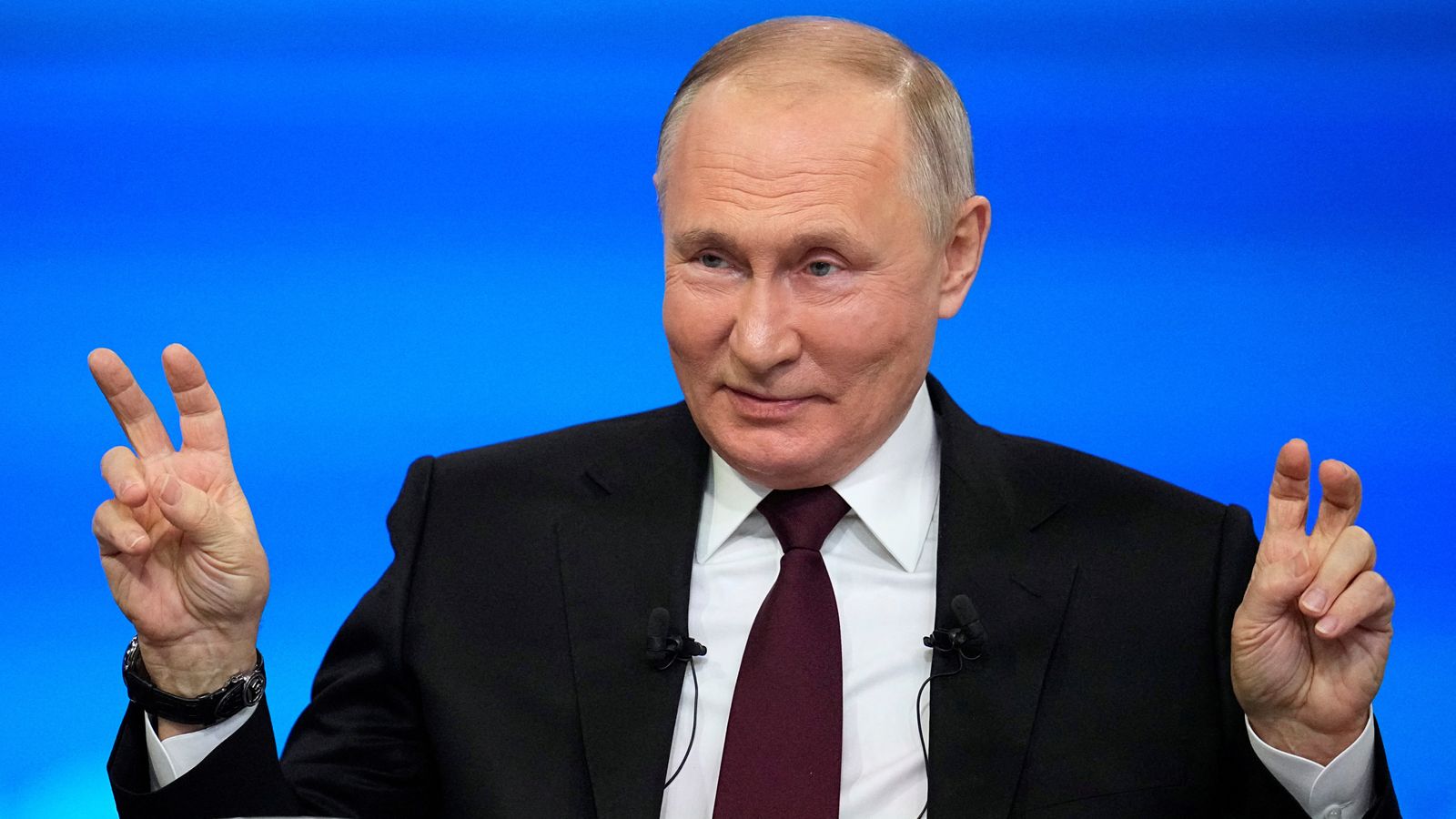A mainstay of Scotland’s political leadership for two decades, and one of the most formidable politicians of her generation, the abrupt resignation of Nicola Sturgeon left Holyrood and Westminster slack jawed.
There is no doubt Scotland’s longest-serving first minister and leader of the Scottish National Party was having a tough run politically – facing a backlash over her decision to make the next general election a “de-facto” referendum on Scottish independence, and a fall in popularity over her proposed gender laws.
But her decision to quit speaks more to the pressures of modern-day politics than short-term political bumps.
Politics live: Bold prediction from Labour frontbencher after Nicola Sturgeon announces shock departure
She may have been an embattled leader, but Ms Sturgeon wasn’t facing an imminent leadership crisis.
This is a politician who chose to quit on her timings and her terms, telling those gathered for a hastily arranged press conference at Bute House that she knew in “her head and her heart” it was time to go.
Like the former New Zealand premier Jacinda Ardern, who shocked the world when she resigned last month, saying she didn’t have “enough left in the tank”, Ms Sturgeon admitted the pressure of the job “takes its toll on you”.
How will Nicola Sturgeon’s successor be chosen?
Surprised Alex Salmond says Nicola Sturgeon has ‘no obvious successor’ after shock resignation
Nicola Sturgeon resigns: Who will replace her as next SNP leader and Scotland’s first minister?
“Giving absolutely everything to the job is the only way to do it,” she said. “But that can only go on for so long. For me that’s in danger of becoming too long.”
For someone who has been in frontline politics for all of their adult life, stepping away is a hugely profound moment and Ms Sturgeon looked visibly moved as she told her audience that “nothing I do in the future” would come close to being Scotland’s first minister.
Please use Chrome browser for a more accessible video player
Her decision to quit is a hugely significant moment for both Scotland and the United Kingdom.
She is a politician that has dominated and driven Scotland’s politics for the past two decades as the nation’s longest-ever serving first minister and its most successful too at the ballot box.
She has ensured SNP dominance in Holyrood and Westminster elections during her tenure and been a leading force for Scottish independence, both as Alex Salmond’s deputy during the 2014 Scottish independence referendum and then as first minister, trying – and failing – to drive through a second vote.
Under Ms Sturgeon the SNP almost wiped-out Labour in the Westminster elections, with her party winning 45 of the 59 House of Commons seats in 2019, reducing Labour – who have never won a general election without dominating in Scotland – to just one MP.
She has not only dominated Scottish politics but helped define the politics of Westminster too, as a thorn in the side of the Conservative government and opponent-in-chief to former PM Boris Johnson, and as a block to winning power for a Labour one.
Such is her dominance in SNP and Holyrood politics that a recent poll found more than two in three Scottish voters replied “don’t know” when asked who should replace Ms Sturgeon as first minister.
Two big obvious questions that her surprise departure raises are what it means for the SNP’s battle for Scottish independence and what it means for the SNP’s fight in Scotland in the next general election, expected in 2024.
Because on the question of independence, Ms Sturgeon’s decision to bow out now is also an admission of failure, as well as personal fatigue.
While the outgoing first minister said she believed her successor would lead Scotland to independence, and that this was “a cause bigger than any individual”, her departure is also an acknowledgement that she leaves office with her key mission, her political life’s work, unfulfilled.
That must be a bitter pill to swallow for a politician that has dedicated her life to achieving this goal.
“De-facto” referendum plan
There was a nod to some of her own failings around securing a second referendum in her resignation speech, as she acknowledged she had become a politician that polarised the debate rather bridging divides and bringing people with her.
When her plan to force agreement for a second referendum from the UK government via the Supreme Court failed, Ms Sturgeon’s alternative was to declare the next general election would be a “de-facto” referendum if the parties supporting it won more than 50% of the vote.
It was a plan that provoked internal revolt among some SNP MPs for fear that trying to turn a general election into a single issue would hit support, while also failure to achieve the end goal of a UK government-approved second referendum.
Be the first to get Breaking News
Install the Sky News app for free
After eight years in the top job, Ms Sturgeon has perhaps privately acknowledged that independence is not going to happen in the foreseeable future and has decided to hand the baton over to someone else.
For the UK government, there will be hope that Ms Sturgeon’s departure might help the union, but much will depend on who replaces Ms Sturgeon as SNP leader.
If the new leader fails to create the strength of feeling created by Mr Salmond and his successor, the Scottish National Party’s grip on Scottish politics might start to loosen, to the benefit of unionists and the Labour Party.
Read more:
Analysis: Indyref2 in a perilous position with no clear successor for first minister
Sturgeon survived SNP’s ‘cesspit of vipers’ for years but failed to achieve her dream
For the real winner of all of this could end up being Sir Keir Starmer and his party. The rise of the SNP has destroyed Labour in Scotland, with the party returning just one of 59 MPs to Westminster in the 2019 election.
A weakened SNP can only be good for a party already enjoying a revival in Scotland under leader Anas Sarwar.
“This is a big moment,” said one senior Labour figure. “We have to show we’ve changed and Scottish voters can put their trust in us.”
Another senior Labour figure could barely contain their glee that Ms Sturgeon was steeping down.
“As we said over Boris Johnson, it’s always welcome when a winner departs the field,” they said. “But the reality is Nicola Sturgeon had lost her shine with the public and didn’t have an alternative agenda to independence.
“She deserves credit as a leader for as long as she was and during the pressure of COVID.”
Big questions
For all the short-term pressures that had beset Ms Sturgeon, she was one of the great political communicators of her generation and – to quote one of her allies – a politician who for nearly two decades “stood head and shoulders above the rest”.
She was seen as doing a good job by Scots for most of her tenure as first minister, although her favourability ratings fell to 44% in January from 50% in October amid the furore around a transgender rapist being sent to an all-female prison.
Facing internal headwinds as SNP discipline began to break down and external pressure too, Ms Sturgeon decided she’d “had enough” and “wanted to get a life” outside politics once more, according to a friend.
That one of the most determined and talented political communicators of her generation could not realise her dream of independence undoubtedly will cast a shadow over the SNP and its cause, and it will now be for the next generation of SNP politicians to secure what Mr Salmond and Ms Sturgeon could not – an independent Scotland.
This is an end of an era, and the big question will be whether it marks the beginning of the end of the SNP’s dominance on Scottish politics, with all the implications that has for Holyrood and Westminster too.








